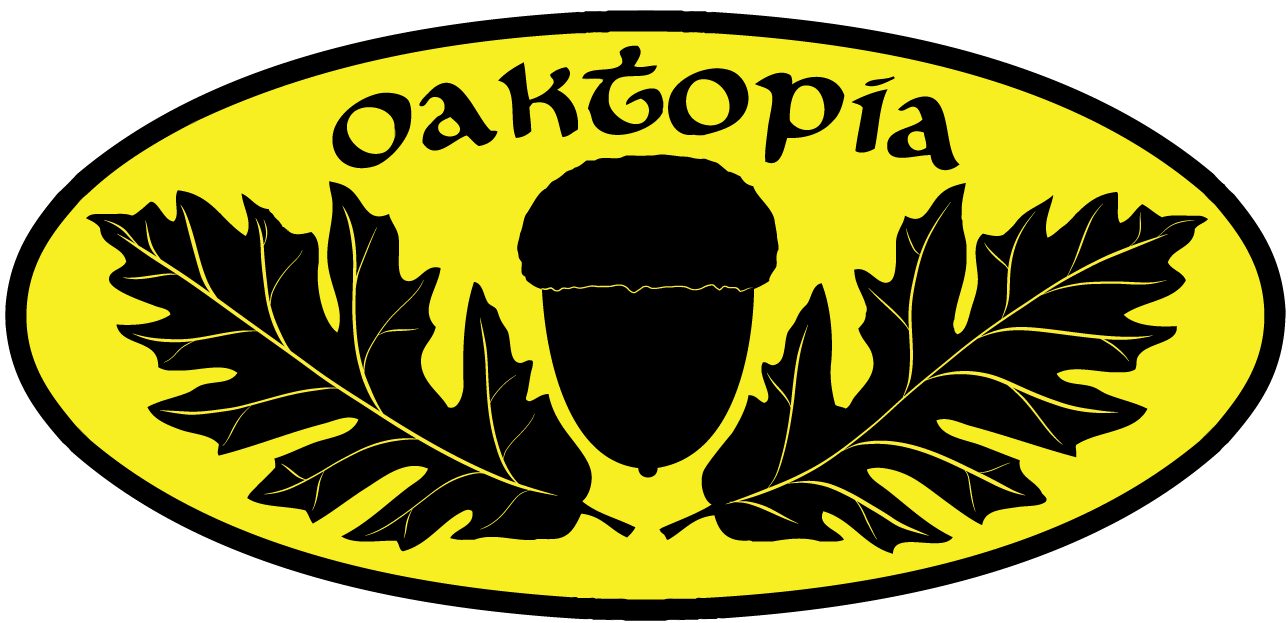Chisos Red Oak
Quercus gravesii
The Chisos red oak (Quercus gravesii) has a primary distribution in the United States in the Chisos Mountains of south western Texas, with some reports of trees to the north in New Mexico. Chisos red oak geographic range continues south into north central Mexico. These areas are drought prone, and all receive at least some summer monsoonal precipitation.
Evolutionarily, Chisos red oak is perhaps the closest cousin to the California black oak group, including Coast live oak (Quercus agrifolia), and California black oak (Quercus kelloggii), outside California. This very close relation makes Chisos red oak a first choice for use as a climate change biodiversity migration species, as it grows in areas with climates within the range for future climate projections for California.
Quercus gravesii is an adaptable small to moderate size oak with an urban-friendly upright growth habit, excellent mid-winter foliage coloration, good to excellent drought adaptation, deep rooting potential, all combined with summer irrigation/monsoonal rainfall tolerance. These traits make Chisos red oak a tree with real urban potential in California.
The foliage is highly resistant to powdery mildew, an achilles heel of many oaks in maritime influenced coastal California. The leafing period of the trees is late deciduous to semi-evergreen - coloration come in mid-winter, with trees holding green leaves through the Holidays. Chisos red oak provides welcome winter landscape coloration, and this leafing habit matches well with some native California black oak group hybrids, especially the famous Oracle oak (Quercus x morehus), with which Chisos red oak could very easily be mistaken.
Quercus gravesii is recommended for further planting and observation on sites with good soil drainage throughout urban California.
Learn More:
-

Oaks of the World
A more scientific look into the Quercus gravesii…
-

iNaturalist
See and learn about the tree in the wild…


























